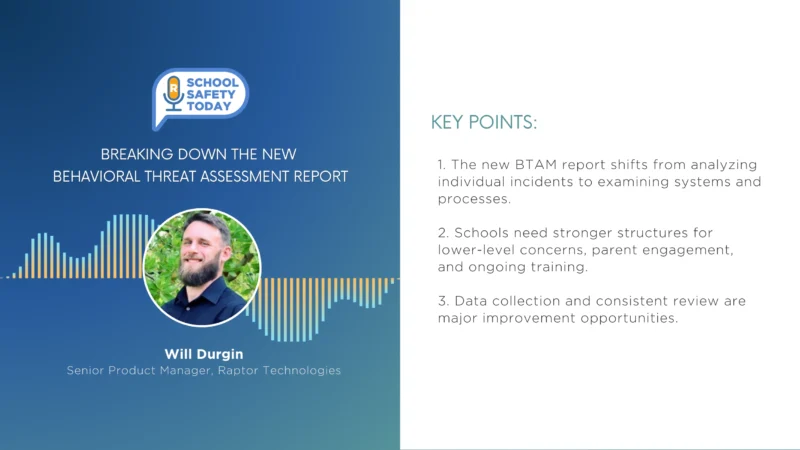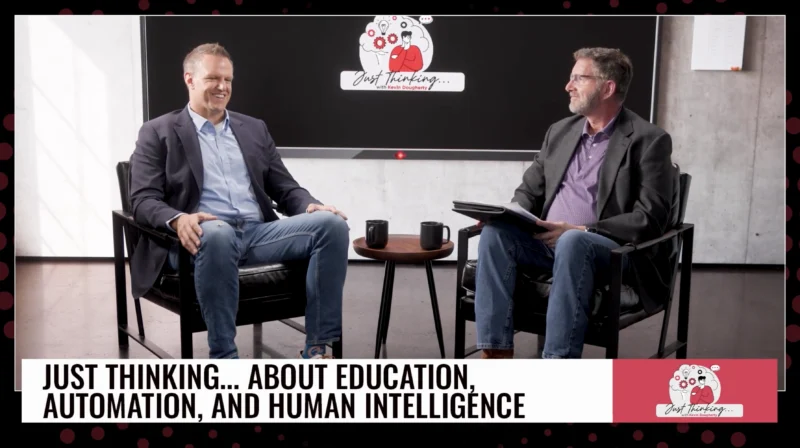Challenges in Implementing School Safety Products
In a recent episode of Secured, host Mike Matranga and guest Izzy Fried of Fox2Sierra discussed the challenges of identifying and implementing effective school safety products. They emphasized that while tools like metal detectors can be beneficial, they shouldn’t be viewed as standalone solutions that eliminate the need for ongoing situational awareness and comprehensive security processes.
Fried noted that more than 60% of school incidents occur outside the building, such as at sporting events, making it clear that internal measures alone are insufficient. He criticized companies that push products without understanding real-world school environments and the specific needs of each institution.
Matranga and Fried also discussed the importance of vetting school safety products products and services, urging school administrators to ask critical questions about the effectiveness and sustainability of these solutions. They highlighted the value of engaging with experienced professionals who can provide unbiased, customized advice based on a thorough understanding of each school’s unique security landscape.
The conversation underscored the necessity of a holistic approach to school safety, integrating various measures and maintaining constant vigilance. They called for honest communication, ongoing training, and a focus on building genuine relationships with clients to ensure the best outcomes for school security.




